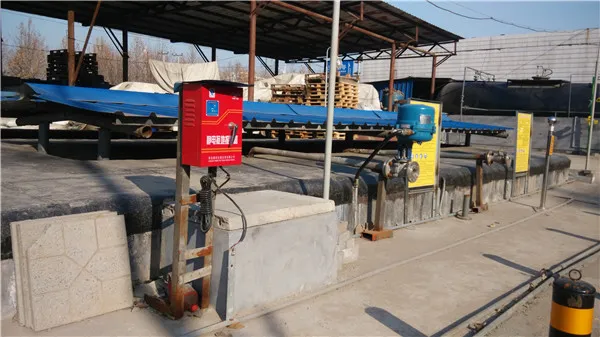The Role of Talc Additives in Plastic Production
Talc, a naturally occurring hydrated magnesium silicate, is widely utilized as an additive in the plastic industry. Known for its unique properties, talc serves multiple purposes, enhancing the performance of plastics in various applications. This article delves into the benefits and applications of talc as a plastic additive.
The Role of Talc Additives in Plastic Production
In addition to improving mechanical properties, talc enhances the thermal resistance of plastics. Polymers such as polypropylene often have limitations when exposed to high temperatures. Adding talc improves their thermal stability, enabling these materials to withstand a wider range of temperatures without degrading. This characteristic is especially important in applications such as electronic housings and appliance casings, where heat management is essential for product longevity.
talc additive plastic

Talc also contributes to the processing characteristics of plastics. When integrated into plastics, talc acts as a lubricant, reducing friction during the molding and extrusion processes. This not only leads to smoother processing but can also enhance the surface finish of the final product. The improved flow properties allow for intricate designs and complex shapes, which are increasingly demanded in modern manufacturing.
Moreover, talc can positively affect the appearance of plastic products. Its fine, white powder can improve the opacity and brightness of the final material, making products more visually appealing. This is a significant advantage in consumer-oriented sectors, such as packaging and household goods, where aesthetics play a crucial role in consumer choices.
Finally, the use of talc as a plastic additive can also be aligned with sustainability goals. Talc is a naturally occurring mineral, and its incorporation can reduce the need for synthetic fillers, which may have more significant environmental impacts. By using talc, manufacturers can potentially lower their carbon footprint and meet growing consumer demands for sustainable products.
In conclusion, talc is a versatile additive that enhances the mechanical, thermal, and processing properties of plastics. Its ability to improve appearance and support sustainability initiatives further cements its importance in the plastic industry. As innovations in material science continue to evolve, the role of talc in plastic production is likely to expand, providing manufacturers with effective solutions for meeting diverse and demanding applications.

